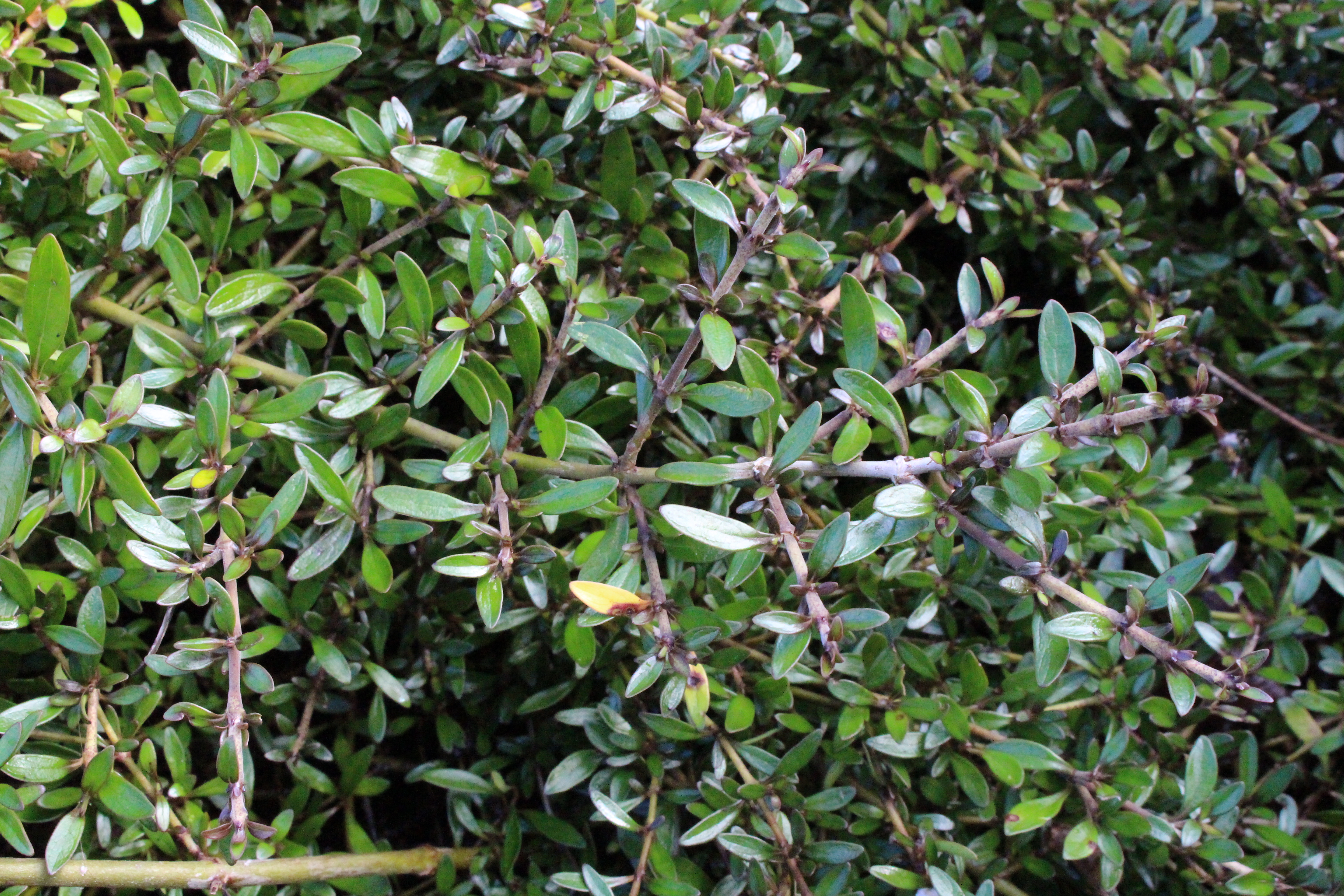Physical characteristics
An
Flowers and foliage
Possesses shiny, dark
Preferred site
Prefers
Preparation for planting
Always choose healthy, well-grown
Maintenance tips
Apply mulch
Ecological and biodiversity benefits
The berries attract birds and geckos.
Pests and diseases
Scale insects, rust and thrips may occasionally be a problem. Prune scale and thrip-infected stems. Remove leaves damaged by rust, or select more resistant cultivars.
Location at Auckland Botanic Gardens
NPI
Interesting facts and tips
Sourced from the Chatham Islands and named after an endange




.jpg?width=1200&height=1200&v=1d4024dceb89e50)

.jpg?width=1200&height=1200&v=1d5569224d63650)
 .jpg?width=1200&height=1200&v=1d4024df6ce2770)
.jpg?width=1200&height=1200&v=1d55676a892f2b0)
 .jpg?width=1200&height=1200&v=1d4024e3b65f7f0)